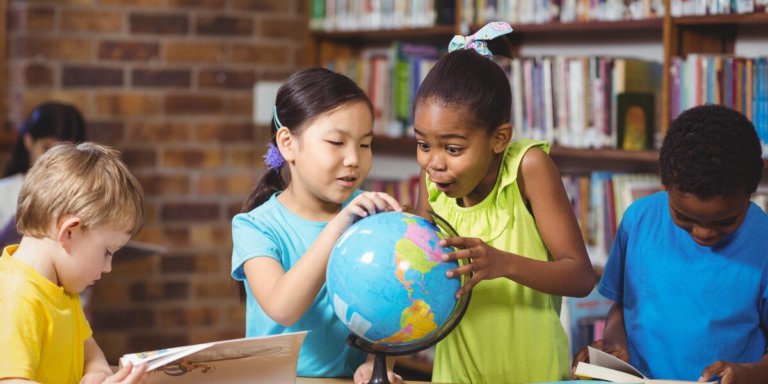
Australia has always been a popular destination for international students, but new reports show an influx of foreign student enrolments at Australian international schools at a rate that’s unlikely to slow.
According to the Australian Financial Review, the number of non-native students at Australian international schools in 2018 increased by 11 percent from 2016. There are now over 25,000 international students enrolled in schools across the country.
These young learners make up such a significant portion of the K-12 student population that some schools are making special modifications to their facilities to accommodate them.
A hub for Southeast Asian students
Caralyn Dea, Director of International and Boarding at Toorak College, told the Australian Financial Review that the boarding school has 58 international students out of 62 boarders, out of which two-thirds come from China.
She said, “We’ve just finished renovating our boarding house. It’s had a full redesign with feng shui principles built into the structure.”
“A boarding school has its culture but it also has to reflect the values of the families who send their children to live and study there.”
The first week of term has brought with it the arrival of a new cohort of 33 international students representing eleven countries. We have news of student achievements in film, chess and sports in New Zealand, Australia and beyond, plus much, much more https://t.co/94aNk9lVjD
— Wellington High NZ (@WellyHigh) July 26, 2019
The major reason why parents from Southeast Asian families are choosing to send their children to Australia to study is to prepare them for university, on top of allowing them to receive a high-quality education delivered in English.
In countries like China, citizens are not proficient in English as it’s not a language commonly spoken there. When enrolled in an Australian international school, foreign students can improve their English and subsequently enjoy an easier transition to university.
International schools also have smaller class sizes so teachers can focus more attention on students, helping them identify and address challenges they face.
Experience an English education in Australia
According to the Australian Financial Review, Toorak College “has a dedicated English language unit that ensures the foreign students are sufficiently fluent so they have every chance of high ATARs in their end-of-school exams.”
Dr Minglu Chen, a lecturer at the University of Sydney’s China Studies Centre, told ABC that families were looking for better English education and a pathway to top Australian universities for their children.
She said, “This is what we could expect from China’s growing economy, which is at the moment is the second largest economy in the world, which actually also has a growing middle class.
“I think parents, wealthy middle class parents in China, would prefer their children to be educated in an English-speaking society.”
Parents from Southeast Asian families want their kids to receive an overseas education mainly so that they can eventually work or settle down in that country.
Juwai Summit Highlights
“24pc of Chinese high school students will go abroad to study, 28pc might go abroad, and 48pc will not. Almost all Chinese students who go to study in Australia and Canada would prefer to stay there to work and buy a home.” AW Education International. pic.twitter.com/lyLgH74Jdw— Juwai.com (@JuwaiLimited) April 19, 2018
The recent tensions between China and the US, as well as the visa crackdown under the Trump administration, is further driving families from Asia to choose Australia instead.
The chance to work overseas and earn a higher wage compared to their home countries is more likely to happen in Australia than the US or UK.
Plus, the country is closer to Asia than Europe, the US or Canada, so parents feel more comfortable sending their kids to Australia where they can visit them more easily or have them return home for short breaks.
By allowing them to receive an Australian primary and secondary school education, students leave better prepared for university life in the country as well as beint more adjusted to the local culture.
Liked this? Then you’ll love…
Affordable international schools in Asia
Why Australian schools are going beyond traditional classroom design







